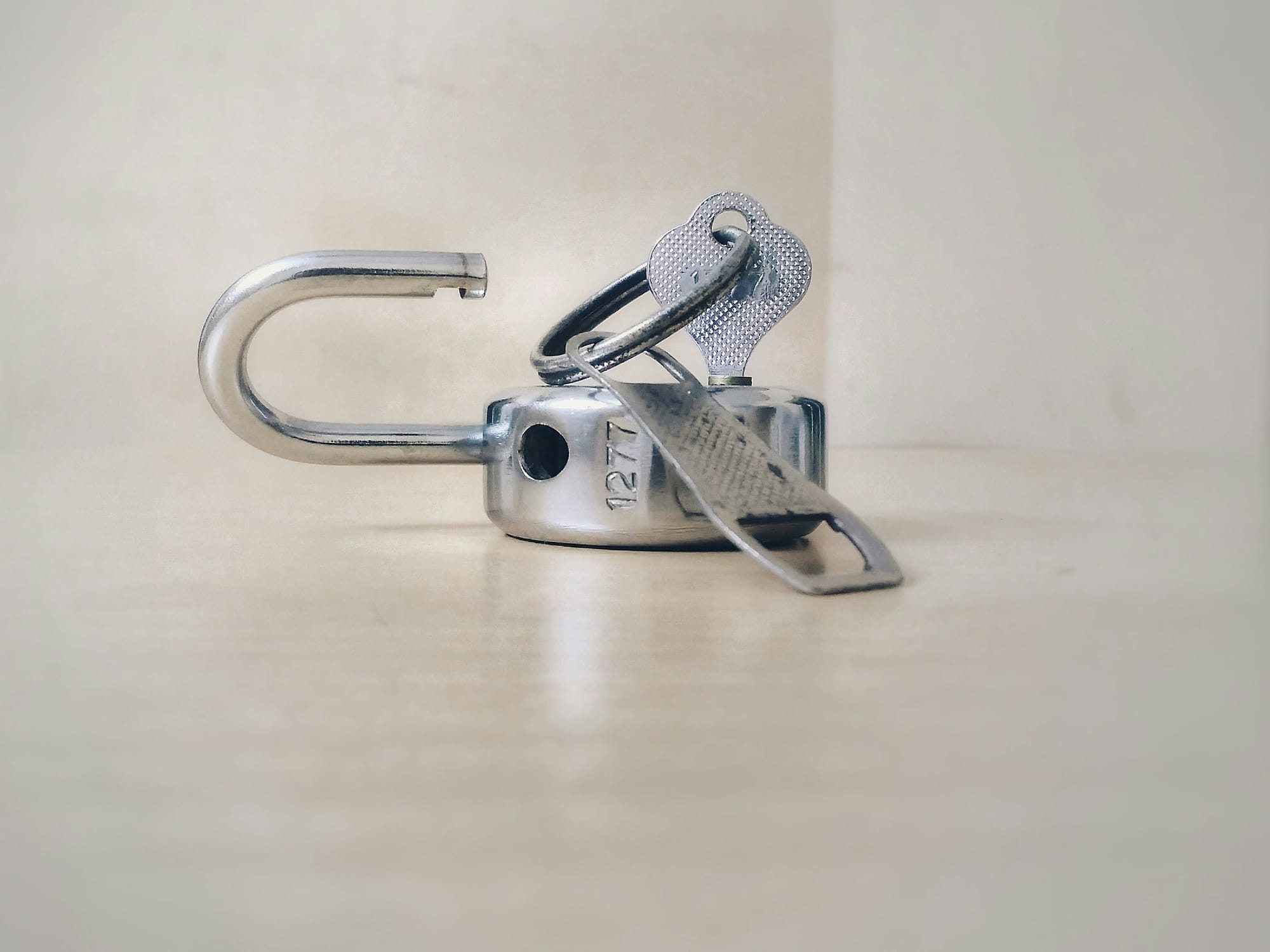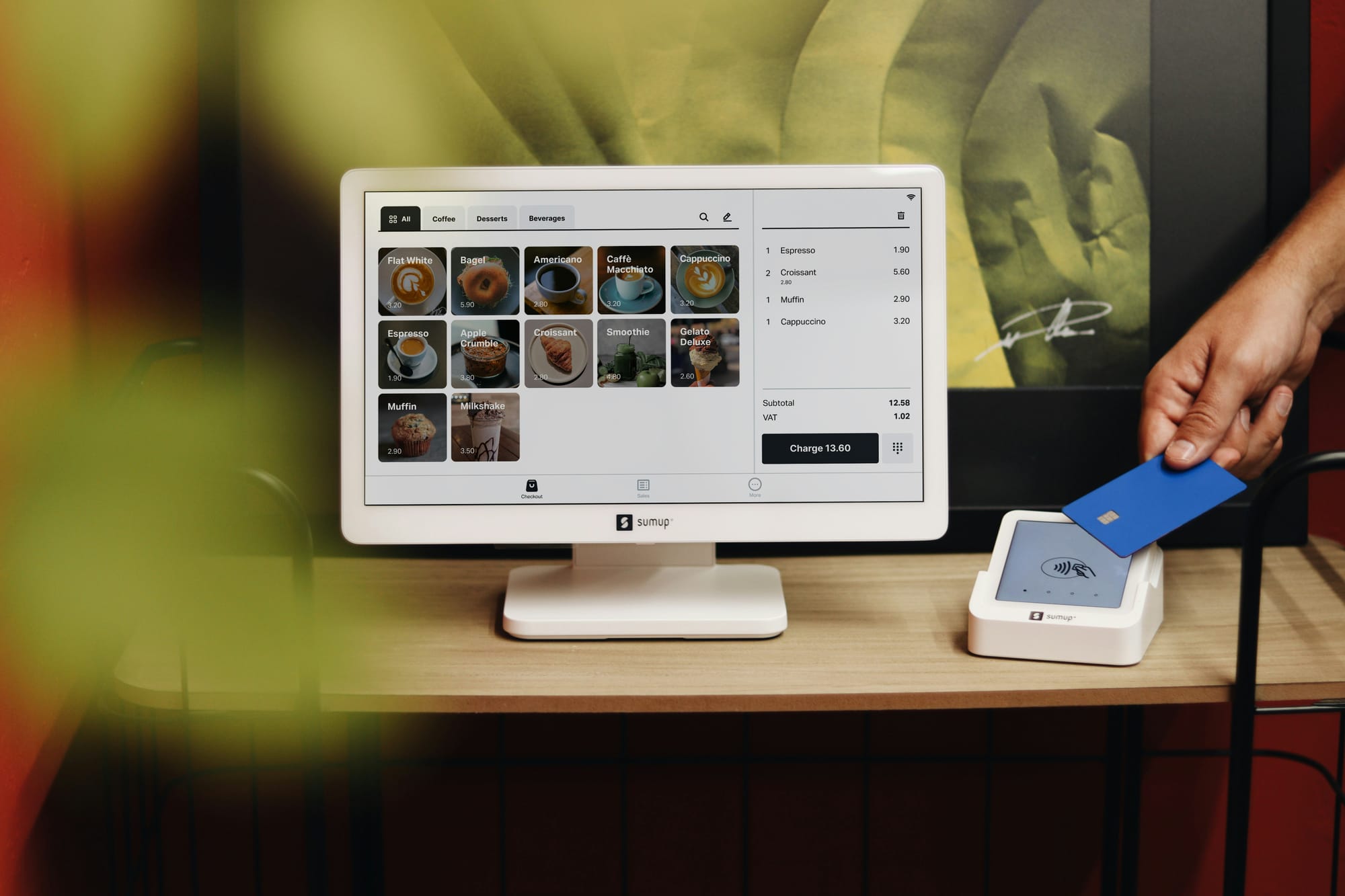Your guide to Conversion Rate Optimization best practices
For all digital marketers, improving online conversion rates is the ultimate goal. Conversion rate optimization (CRO) ensures that every click counts by transforming visitors into leads or paying customers.
Mastering conversion rate optimization best practices can lead to significant revenue growth and better ROI.
This in-depth guide will walk you through strategies, tools and insights to help you optimize your website’s conversion rate.
What is conversion rate optimization?
Conversion rate optimization - CRO - is how you increase the percentage of visitors who complete an action on your website.
These actions can vary. Depending on your goals, actions could include:
- Filling out a form
- Making a purchase
- Subscribing to a newsletter
- Downloading a resource
CRO is about enhancing the user experience (UX) across your website so that you see an increase in conversions.
By following conversion rate best practices, businesses can improve website performance without pushing for additional traffic.
Why is conversion rate optimization important?
Understanding and implementing conversion rate optimization can:
- Increase your revenue. Even a small improvement in conversion rates can have a substantial impact on revenue.
- Improve your marketing ROI. CRO maximizes the return on your existing marketing efforts by turning more website visitors into customers.
- Improve User Experience. A well-optimized site addresses user pain points which can lead to higher customer satisfaction and loyalty.
- Give you a competitive advantage. In highly competitive markets, CRO can set you apart by improving user experiences and driving better results.
Key conversion rate optimization best practices
Here’s our best practices for optimizing your website to improve its performance.
1. Understand your audience
A deep understanding of your target audience is the foundation of effective CRO. Using tools like Google Analytics, heatmaps, and customer surveys can help you gather insights into your user behavior.
Try diving into your data to explore:
- Customer pain points. What challenges do users face on your site?
- Motivations. What drives your users to take action?
- Demographics. Who are your visitors? Where are they coming from and what are their preferences?
Example:
Your data reveals high bounce rates on your pricing page. This could indicate that your pricing structure is unclear or perceived as too high. Do some additional market research into your pricing strategy and see if there’s any room for changes.
2. Optimize landing pages
Landing pages are often the first impression customers have of your brand. Improve the impact of your landing pages by following these best practices…
- Use clear headlines. Your headlines should immediately communicate your brand’s value. For example, “Save 30% on Premium Plans Today” is more catchy than “Welcome to Our Service”.
- Focus on one goal. Each landing page should have a single, clear call-to-action (CTA).
- Include trust signals. Reviews, certifications, and case studies help build credibility.
We have an in-depth guide on landing page optimization if you want to look at this in more detail.
3. Create strong Calls-to-Action (CTAs)
A powerful CTA can significantly improve your site’s conversion rates.
Effective CTAs are:
- Action-oriented. Use verbs like “Get” “Download” or “Start”.
- Visually pleasing. Use contrasting colors to make CTAs stand out.
- Specific. Clearly state the benefit. For example, “Get Your Free E-Book” instead of “Submit”.
4. Simplify the navigation
Confusing navigation and menus can harm your conversions. Your website’s layout needs to be intuitive and user-friendly.
Try reducing the number of menu options. You can also have a clear breadcrumb trail on each page to improve the customer journey. Finally, avoid unnecessary pop-ups or distractions.
A simple navigation helps your visitors find what they’re looking for quickly, reducing frustration and bounce rates.
5. A/B testing
A/B testing is one of the most important elements of conversion rate optimization best practices.
By testing your website elements, you can identify what resonates most with your audience. Key elements to test:
- Headlines
- Button colors and text
- Images and videos
- Page layouts
For example, you might test whether a red or green CTA button generates more clicks. Use tools like ConversionWax to streamline the testing process.
6. Improve page load speed
Website performance is a critical factor in conversion rates. Studies show that a one-second delay in page load time can result in a 7% reduction in conversions.
To optimize your page load speed:
- Compress images and files.
- Use a Content Delivery Network (CDN).
- Minimize the use of heavy scripts and plugins.
7. Leverage social proof
Social proof builds trust and influences purchasing decisions.
Examples of social proof include:
- Customer reviews. Showcase original feedback from satisfied customers.
- Metrics. Highlight good looking numbers. For example, “Join Over 10,000 Happy Customers”.
- Partnership logos. Display the logos of reputable brands you’ve worked with (with permission!).
8. Optimize your website for mobile
With mobile devices accounting for the majority of web traffic, a seamless mobile experience is essential. Mobile optimization includes:
- Responsive page designs.
- Easy-to-click buttons and forms.
- Fast loading times on mobile networks.
9. Use exit-intent popups
Exit-intent popups capture users before they leave your site. Common examples include newsletter sign-ups and shipping incentives.
Offering a discount or free resource as a visitor is about to leave your site can bring them back into your sales funnel.
10. Focus on personalization
Personalized experiences create stronger connections with users. You can use visitor data to tailor content, offers, and recommendations.
Explore your users browsing behavior, purchase history and demographics. Then, bundle your visitors into groups with similar behaviours. Personalize your pages to reflect each group to give your users an experience that feels unique to them.
Why not use ConversionWax to help you?!
11. Try visual storytelling
Humans process visuals faster than text. Using high-quality images and videos to explain your product or service can significantly improve engagement.
Here’s some examples:
- Demo videos. Show how your product works with user-generated or branded demo videos.
- Before-and-after images. Showcase the impact of your service by adding a before photo and after photo.
- Infographics. Simplify complex information into easy-to-understand visuals.
12. Increase trust with guarantees
Adding guarantees like “30-Day Money-Back Guarantee” or “Secure Checkout” reduces purchase hesitation. These signals reassure customers about the safety and reliability of their decision.
Common CRO Mistakes to Avoid
Now we’ve covered the best way to complete your CRO, here’s some things you should try to avoid.
- Ignoring data. Relying on assumptions instead of user data leads to ineffective changes.
- Complicated pages. Too many elements can overwhelm users and reduce conversions.
- Neglecting mobile users. A poor mobile experience can put off a significant portion of your audience.
- Skipping A/B testing. Making changes without testing can lead to missed opportunities.
- Using generic CTAs. Vague or uninspiring CTAs don’t invite users to click.
Tools for conversion rate optimization
We’ve put together a few tools that you can use to measure your CRO strategies:
- Google Analytics. Analyze traffic and behavior metrics.
- Hotjar. Gain insights through heatmaps and user recordings.
- ConversionWax. Try A/B tests and personalization experiments.
Measuring Success
The final piece of the CRO puzzle is measurement. Measure, analyze and refine your website on a regular basis to make sure you're getting the best results possible.
These are the key performance indicators (KPIs) you need to evaluate your CRO efforts:
- Conversion rate. The percentage of visitors who complete the desired action.
- Bounce rate. The percentage of visitors who leave without engaging.
- Average session duration. How long users stay on your site.
- Customer Acquisition Cost (CAC). The cost of acquiring a new customer.
- Return on Investment (ROI). Revenue generated from CRO efforts versus costs.
Conclusion
You can master conversion rate optimization best practices easily. You just need to have an understanding of your visitor data and a willingness to experiment.
By using these best practices, you can transform your website. Create a high-performing site that not only attracts traffic but also converts visitors into loyal customers.
Start optimizing today to unlock the full potential of your brand’s digital presence. Remember, even small, incremental improvements in your conversion rate can lead to substantial increases in revenue.
Happy experimenting!
Start your free trial of ConversionWax today
-

Unlock the benefits of website personalization
-

E-commerce conversion best practices
-

Your ultimate Conversion Rate Optimization checklist
-

How to: complete a Conversion Rate Optimization audit
-

An easy guide to ecommerce website optimization
-

Your guide to Conversion Rate Optimization best practices
-

Landing page optimization - maximizing your conversions
-

Website performance optimization techniques to boost your online business
-

Benefits of website personalization for online businesses
-

How to improve your ecommerce checkout conversion

